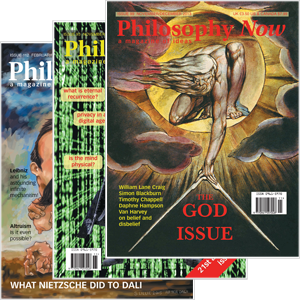
Your complimentary articles
You’ve read all of your complimentary articles for this month. To have complete access to the thousands of philosophy articles on this site, please
If you are a subscriber please sign in to your account.
To buy or renew a subscription please visit Subscriptions.
If you are a print subscriber you can contact us to create an online account.
Articles
Kripke, Duchamp & the Standard Metre
Stuart Greenstreet isn’t quite sure how long a metre is. Are you?
In the Academy of Science, located in a suburb of Paris, a slim bar of platinum-iridium alloy is kept in its sturdy case in a temperature-controlled chamber. The precise distance between two scratches on the bar defined the Standard Metre, the basic unit of length in the metric system. How is it possible that this humdrum object could be the focus of two upheavals in the twentieth century, one in the visual arts, and the other in philosophy?
In 1913 the French artist Marcel Duchamp poked fun at the Standard Metre in a work of art which led him very quickly to reject ‘retinal’ painting and to invent conceptual art. Much later, in 1972, the Standard Metre was also useful to the American logician Saul Kripke. He turned to it in his book Naming and Necessity to help him show why no previous philosopher, not even Russell or Frege or Quine, had properly understood the fundamental notions of possibility and necessity.
…









